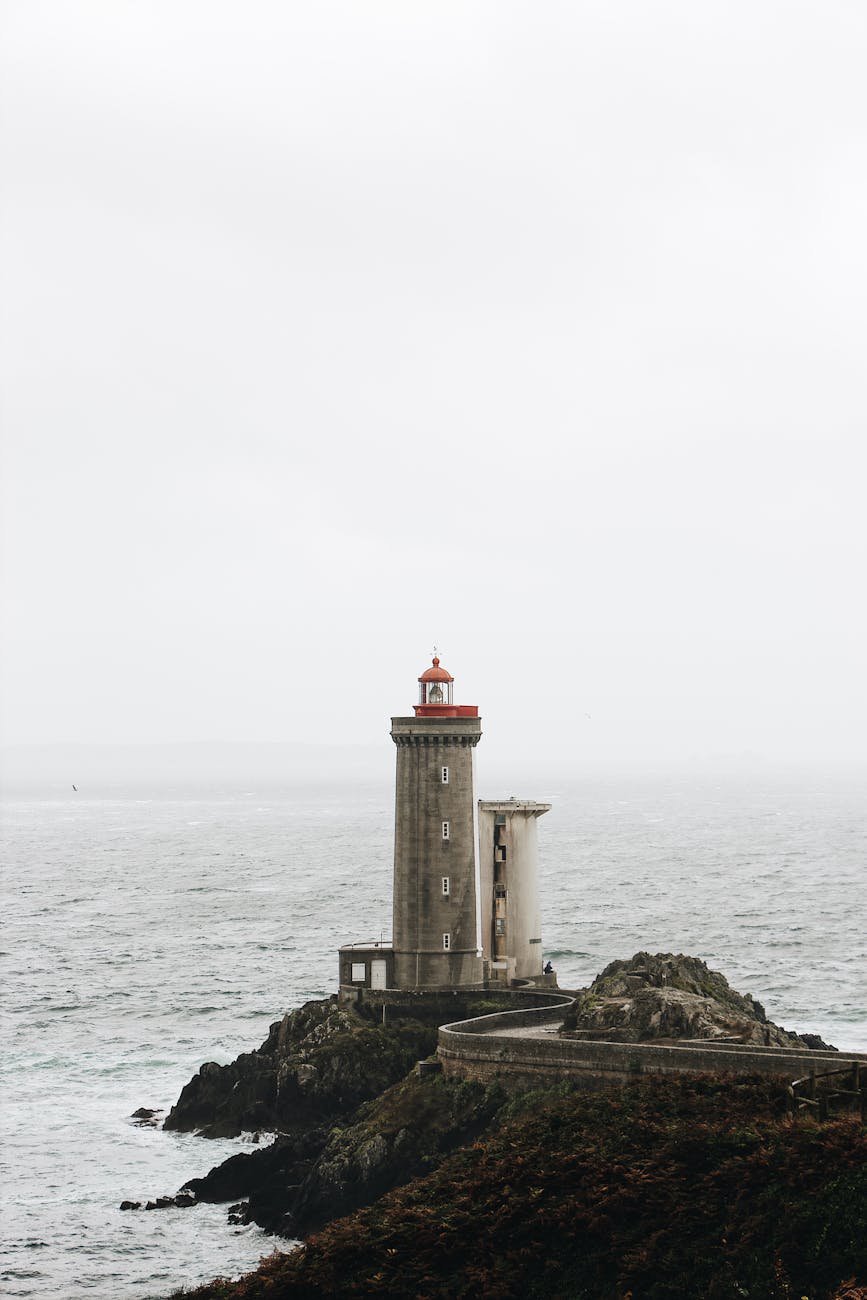Ever felt like you were lost in a maze while shopping online? You know, clicking aimlessly, hoping to find that one perfect item? Picture this: you’re hunting for a new tennis racket, and instead of a smooth ride, you’re bumping into dead ends and confusing categories. Frustrating, right? This is where a well-designed navigation bar swoops in like a superhero, saving the day and making your shopping experience a breeze.
So, let’s break it down. First things first, a navigation bar isn’t just a pretty face. It’s the roadmap of your online store, guiding users through the vast landscape of sports goods. Imagine a vibrant, responsive layout that not only looks great but also feels intuitive. Users want to find their gear quickly—think of it as a fast break on the court. If they get stuck, they might just bounce out of your site faster than a basketball hitting the floor!
Now, let’s talk about organization. Have you ever browsed a site where categories are scattered like confetti? You might find yourself asking, “Where on earth do I find running shoes?” The trick is to keep it simple. Group similar items together. You could have sections like Footwear, Apparel, Accessories, and Sports Equipment. This makes it super easy for shoppers to jump right to what they need. Oh, and don’t forget about those filters! They’re like your trusty sidekick, helping users narrow down options based on size, color, or brand. Boom! Instant satisfaction.
Have you ever noticed how some navigation bars seem to magically know what you want? That’s the beauty of incorporating search functionality. A search bar can feel like a genie granting wishes. Users can type in “yoga mat” and, voila, they’re presented with a list of options faster than you can say “downward dog.” Plus, adding predictive text can elevate the experience even more—suggestions popping up as users type will keep them engaged and eager to explore.
- Keep it consistent: Stick to familiar layouts and terminology. Users appreciate predictability.
- Mobile-friendly: With so many people browsing on their phones, your navigation needs to adapt beautifully to smaller screens.
- Visual cues: Icons can help convey meaning quickly. A little shopping cart icon or a magnifying glass speaks volumes!
- Test and iterate: Ask friends or family to navigate your site. Their feedback can be invaluable.
And let’s not forget about the emotional aspect. Shopping isn’t just about buying things; it’s about the experience and the thrill of finding just what you need. A seamless navigation bar can spark joy! It creates a connection, making users feel like they’re not just clicking buttons, but they’re on a mission—one that’s exciting and fulfilling. Imagine a customer finding the perfect soccer ball for their child’s first game. That’s a moment to cherish, and your site can be part of it!
So, as you embark on designing that navigation bar, remember it’s more than just links and buttons. It’s about crafting a journey that feels natural and enjoyable. Let’s make sure that every click counts, turning visitors into loyal customers.
